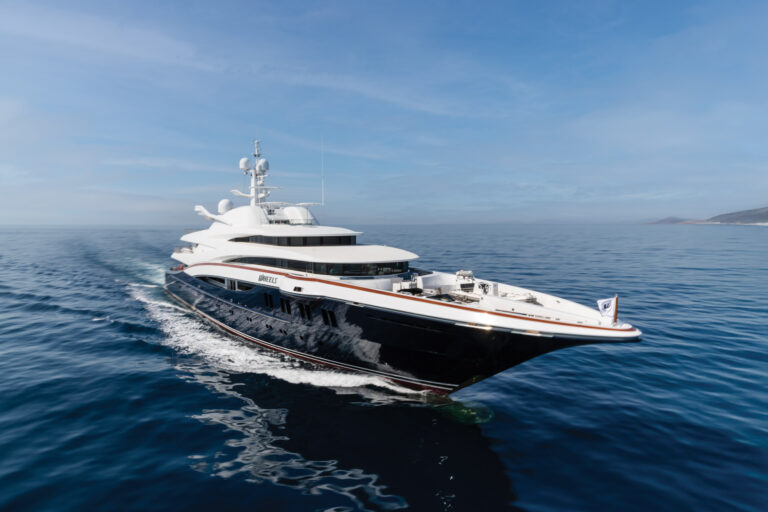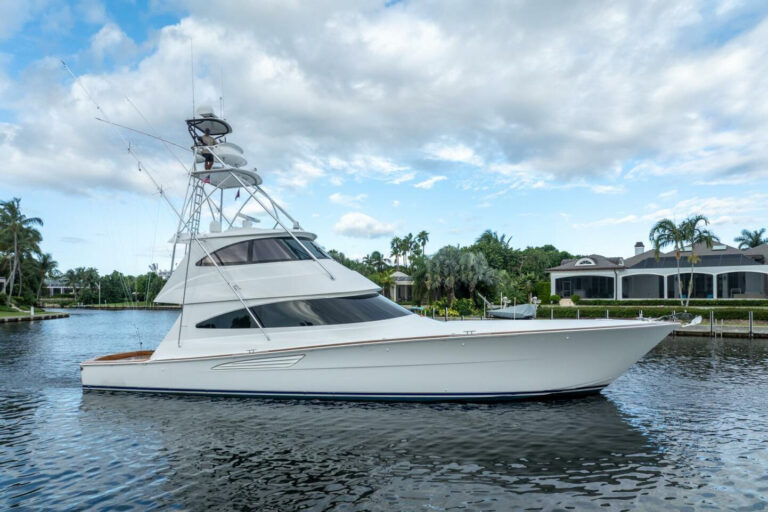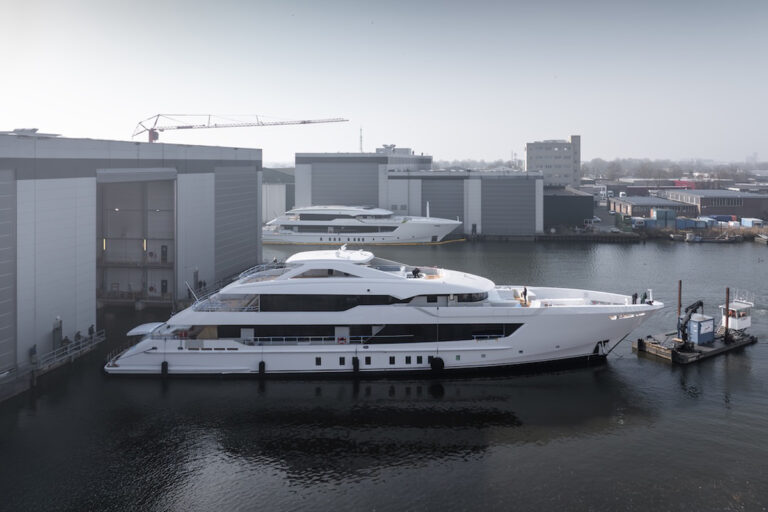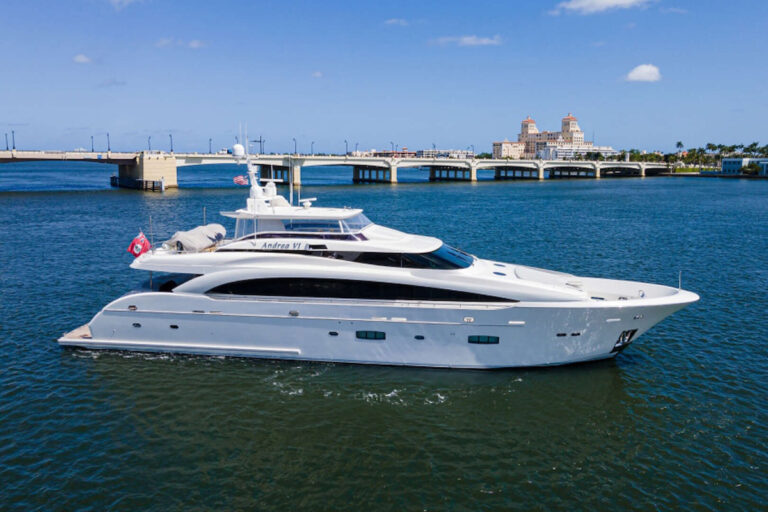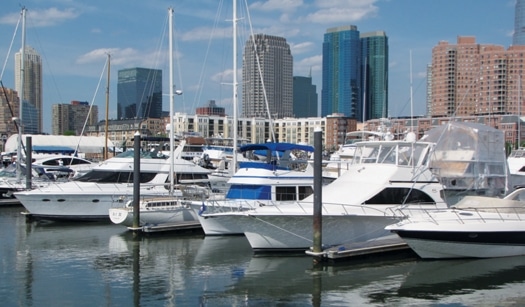
ytgjun09perf525.jpg
You’ve seen superfluous claims in advertisements. Pronouncements such as, “We make no compromises in designing your new yacht,” “All of our yachts are built without compromise,” or “Don’t accept compromises in your new yacht,” are often overused. Well, as the boroughlimit sign says as you leave Brooklyn, fuhgeddaboudit.
Compromises are what yacht design and construction are all about. There is no perfect yacht for all situations, for all owners, for all sea and speed conditions. In fact, there is no yacht that is perfect even for one specific owner or situation, even if it’s custom-designed and built.
Every yacht, of necessity, will be a compromise. The key to success is knowing what the important factors and choices are, and making informed decisions about where your priorities lie. If you’re wise in your decisions, the resulting yacht, whether built just for you or by a production builder, should serve most of your needs.
Certainly you shouldn’t compromise on safety, you may be thinking. Well, let’s look at stability, arguably the most essential aspect of safety at sea. The more stability, the better, you say-but you’d be wrong. Stability is dependent to some extent on vertical center of gravity, but is also highly dependent on hull beam. The wider the boat, the greater the stability, but more beam also means more resistance and weight, and thus more horsepower and fuel, or less speed and range. Too little stability is dangerous, sure, but so is too much. Overly high stability means very quick rolling at sea, short rolls so fast they’re called “snap rolls”-violent accelerations that can knock guests off their feet or slam them into bulkheads, leading to serious injuries. They can stress the yacht’s structure to the point of failure.
Safety is also measured by range of positive stability, which indicates how many degrees a boat can roll before it capsizes. A broader range of positive stability, a good thing, requires a narrower, deeper hull. But it will roll more in moderate seas, and may mean more draft than you would like.
For a given length of boat, the amount of enclosed volume and open deck area can vary widely. The style and extent of superstructure affects accommodations, but also relates to windage, weight, power needs, and stability.
Top speed is another area that requires compromise. To add speed, you’re also adding horsepower, which means more weight and cost. It also may mean a planing hull-less efficient than a displacement hull at extended cruising speeds, so you’ll use more fuel even if you’re going slow.
Speaking of hull forms, you have lots of choices, each with positives and negatives. In addition to planing and displacement hulls, there’s the semi-displacement hull (or semi-planing), which isn’t really good at planing or running slow, but it isn’t really bad either. At the stern, you can have a fantail, cruiser stern, transom, or double-ender, each with virtues and faults. You can have a raked and flared bow to lift the boat above the waves, a plumb stem to moderate pitching, or even a reverse stem to plow through the waves with almost no pitching, but with the potential for lots of water on deck.
When considering hulls, you also have to decide how many you need. Monohulls are most popular, but that doesn’t mean they’re best for all applications. Catamarans and trimarans have their place, and with them, you have the choice of symmetrical or assymetrical hull shapes and sizes.
Even hull color can have significant effects. I love the look of dark hulls, but I wouldn’t have one because of the maintenance they require. In warm climates, the heat they absorb sends air conditioning requirements through the roof. Dark colors can also degrade hull materials if they’re not specially selected. I won’t go into hull materials, since we discussed them last month, but suffice to say you can choose from steel, aluminum, and several options in wood and composites.
Finally, there’s propulsion. It’s not just a choice of sail or power, gasoline or diesel or gas turbine, or batteries and solar cells. Choice of engine is only half the story: Couple that engine to a propeller, a waterjet, a surface drive, or a pod, or combine them for hybrid systems. And I haven’t seen a hermaphrodite brig for awhile, but there are plenty of sail-rig configurations to ponder.
I don’t want to put my broker friends on the spot, so let’s just say they’re misinformed when they offer a “no compromises” yacht. Look for yourself, recognize what compromises have been made, and decide whether they’re right for you and your style of yachting. The yacht won’t be perfect, but it may be close to perfect for you.





